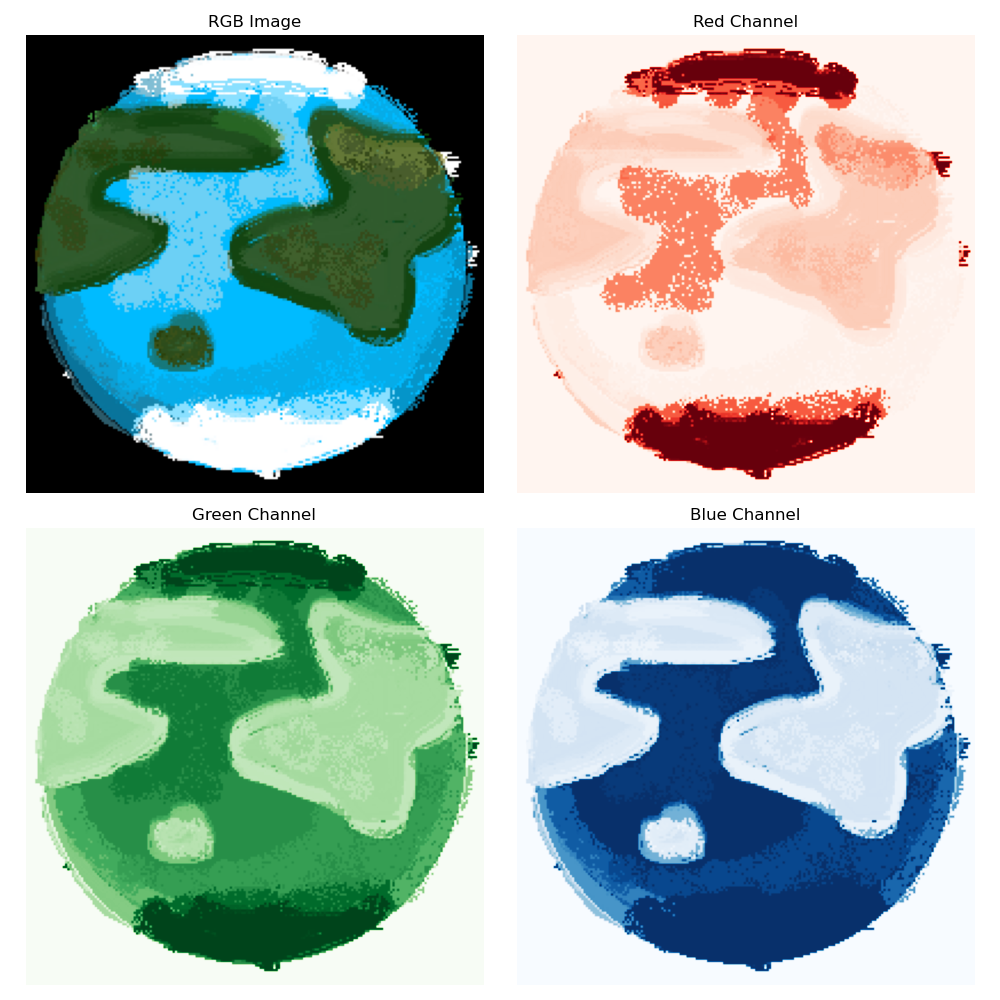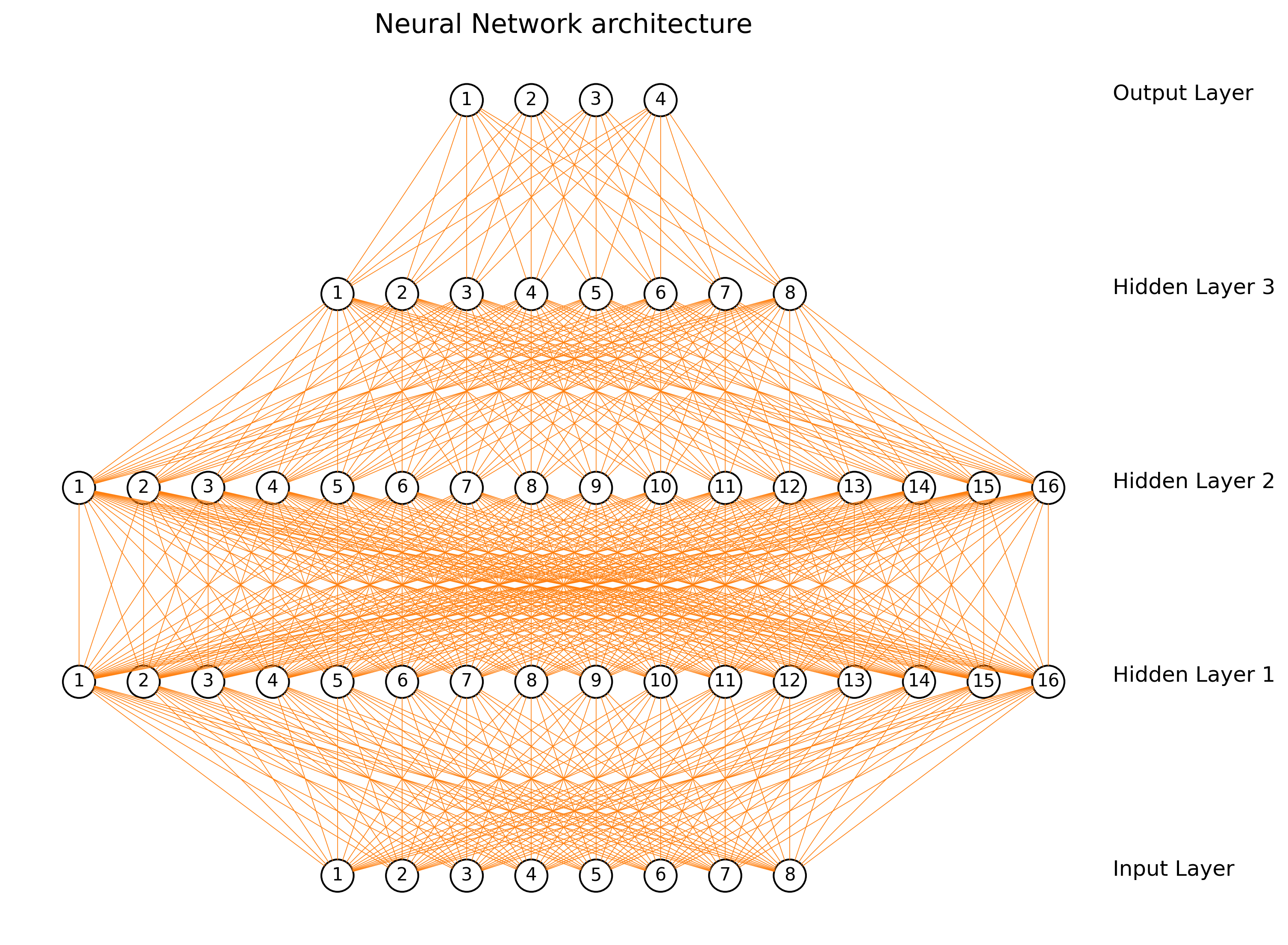Personal Project Process Journal
Click here to download the code and materials I used in the learning process.
files end with .ipynb require special software/plugins to open it. To view or edit them online, try Jupyter lab
-
Intro to Machine Learning
Two types of Machine learning model: Where the first type requires labels called Supervised Learning and the second type does not called Unsupervised Learning.
With in Supervised Learning, there are two kinds of tasks: “Classification” where the unknown value is a category and “Regression” where the unknown value is a number-
linear Regression
Linear regression employs a straightforward method to model the connection between a single output value and one or more input factors (referred to as the response and predictor variables, respectively).
We aim for a line that best fit the data. To do so, we want to minimize the distances from each data to the line

- Sample Code
import numpy as np from sklearn.linear_model import LinearRegression from sklearn.model_selection import train_test_split from sklearn.metrics import mean_squared_error, r2_score # Step 1: Data Preparation # Load the dataset (X: features, y: target variable) X = np.array([[1, 2, 3], [4, 5, 6], [7, 8, 9]]) y = np.array([10, 20, 30]) # Split the data into training and testing sets X_train, X_test, y_train, y_test = train_test_split(X, y, test_size=0.2, random_state=42) # Step 2: Model Initialization # Initialize the linear regression model model = LinearRegression() # Step 3: Model Training # Train the linear regression model using the training data model.fit(X_train, y_train) # Step 4: Model Evaluation # Evaluate the trained model using the testing data y_pred = model.predict(X_test) # Calculate performance metrics (MSE, R-squared) mse = mean_squared_error(y_test, y_pred) r2 = r2_score(y_test, y_pred) print("Mean Squared Error:", mse) print("R-squared:", r2) # Step 5: Prediction # Use the trained model to make predictions on new, unseen data new_data = np.array([[2, 3, 4], [5, 6, 7]]) predictions = model.predict(new_data) print("Predictions:", predictions) # Step 6: Model Interpretation # Access the learned model coefficients and intercept coefficients = model.coef_ intercept = model.intercept_ print("Coefficients:", coefficients) print("Intercept:", intercept)Here we use a nd array as the input, noticed that in actual task:
import pandas as pd raw_data = pd.read_csv('path/to/csv/file.csv')will be an easier approach. pd.read_csv read the csv into a dataframe where data is organized in rows and columns. Than, we can use the train_test_split function from sklearn:
from sklearn.model_selection import train_test_split X_train, X_test, y_train, y_test = train_test_split( data[["feature1","feature2"]], data["target"], test_size = 0.3)
- Sample Code
-
Machine Learning and Classification
Classification task basically means to predict a category. For example, is that creature right over there a cat, a dog, a horse, or as human?
This is the type of problem that my project aim to solve.- Basic Classification Models
- Decision Tree
- Nearest Neighbor Classification
- Logistic Regression (although this is called “regression” as the math behind it work like a regression, but this model is for classification)
*Note model listed above may not function well in my product as they are relatively simple for image processing.
- Sample Code
import numpy as np from sklearn.tree import DecisionTreeClassifier from sklearn.model_selection import train_test_split from sklearn.metrics import accuracy_score # Step 1: Data Preparation # Load the dataset (X: features, y: target variable) X = np.array([[1, 2], [2, 3], [3, 1], [4, 4]]) y = np.array([0, 0, 1, 1]) # Split the data into training and testing sets X_train, X_test, y_train, y_test = train_test_split(X, y, test_size=0.2, random_state=42) # Step 2: Model Initialization # Initialize the Decision Tree classifier tree = DecisionTreeClassifier() # Step 3: Model Training # Train the Decision Tree classifier using the training data tree.fit(X_train, y_train) # Step 4: Model Evaluation # Evaluate the trained model using the testing data y_pred = tree.predict(X_test) # Calculate the accuracy of the model accuracy = accuracy_score(y_test, y_pred) print("Accuracy:", accuracy) # Step 5: Prediction # Use the trained model to make predictions on new, unseen data new_data = np.array([[2, 2], [3, 3]]) predictions = tree.predict(new_data) print("Predictions:", predictions)
- Basic Classification Models
-
-
Computer Vision and Neural Networks
More complex model is needed for processing more complex data. Here is where Neural Newroks turns out to be useful.
- Image
A image with color contains three channels:R, G, and B
 Each pixel on each channel can be represented by a number between 0 to 255. We can than read these numbers into an array as the inputs.
Each pixel on each channel can be represented by a number between 0 to 255. We can than read these numbers into an array as the inputs. - Neural Networks
 Neural network
Neural network
- Image
A image with color contains three channels:R, G, and B
Introduction
Neural networks are a set of algorithms, modeled loosely after the human brain, designed to recognize patterns. They interpret sensory data through a kind of machine perception, labeling or clustering raw input.
Convolutional Neural Networks (CNN)
CNNs are deep learning algorithms used primarily to classify images, cluster them by similarity, and perform object recognition.
Structure of CNN
- Input Layer: This is where the network takes in the image data.
- Convolutional Layer: This layer applies a specified number of convolution filters to the image.
- ReLU Layer: This layer applies the rectified linear unit activation function, which adds non-linearity to the network.
- Pooling Layer: This layer reduces the spatial size of the convolved feature, which decreases the computational power required.
- Fully Connected Layer: This layer identifies and classifies the objects in the image.
Recurrent Neural Networks (RNN)
RNNs are a type of artificial neural network designed to recognize patterns in sequences of data, such as text, genomes, handwriting, or spoken word.
Structure of RNN
- Input Vector: This is the encoded form of the data point being fed into the neural network.
- Hidden Layer: This layer performs computations on the inputs and passes the results and the previous hidden state forward.
- Output Layer: This layer produces the prediction for the given input.
Other Models
- Long Short-Term Memory (LSTM): A type of RNN that can learn and remember over long sequences, useful in sequence prediction problems.
- Generative Adversarial Networks (GANs): A class of AI algorithms used in unsupervised machine learning, implementing two neural networks contesting one another in a zero-sum game framework.
- Autoencoders: A type of artificial neural network used to learn efficient data codings in an unsupervised manner.
Applications of Neural Networks in Computer Vision
- Image and Video Recognition
- Image Analysis
- Classification and Clustering
- Object Detection
- Semantic Segmentation
- Image Generation
